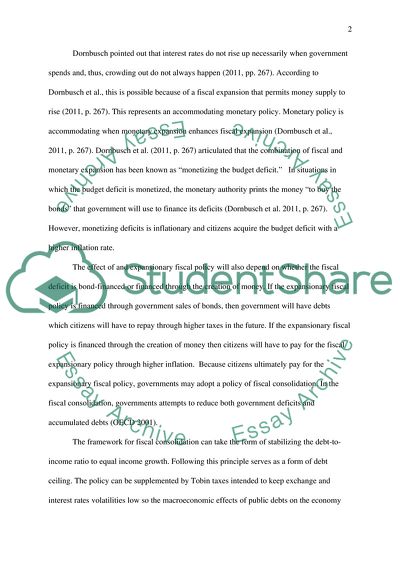Cite this document
(One should not be unduly alarmed by the size of government debt as it Essay, n.d.)
One should not be unduly alarmed by the size of government debt as it Essay. https://studentshare.org/macro-microeconomics/1761711-one-should-not-be-unduly-alarmed-by-the-size-of-government-debt-as-it-does-not-need-to-be-repaid-and-that-this-is-is-a-debt-that-we-owe-to-ourselves-discuss
One should not be unduly alarmed by the size of government debt as it Essay. https://studentshare.org/macro-microeconomics/1761711-one-should-not-be-unduly-alarmed-by-the-size-of-government-debt-as-it-does-not-need-to-be-repaid-and-that-this-is-is-a-debt-that-we-owe-to-ourselves-discuss
(One Should Not Be Unduly Alarmed by the Size of Government Debt As It Essay)
One Should Not Be Unduly Alarmed by the Size of Government Debt As It Essay. https://studentshare.org/macro-microeconomics/1761711-one-should-not-be-unduly-alarmed-by-the-size-of-government-debt-as-it-does-not-need-to-be-repaid-and-that-this-is-is-a-debt-that-we-owe-to-ourselves-discuss.
One Should Not Be Unduly Alarmed by the Size of Government Debt As It Essay. https://studentshare.org/macro-microeconomics/1761711-one-should-not-be-unduly-alarmed-by-the-size-of-government-debt-as-it-does-not-need-to-be-repaid-and-that-this-is-is-a-debt-that-we-owe-to-ourselves-discuss.
“One Should Not Be Unduly Alarmed by the Size of Government Debt As It Essay”. https://studentshare.org/macro-microeconomics/1761711-one-should-not-be-unduly-alarmed-by-the-size-of-government-debt-as-it-does-not-need-to-be-repaid-and-that-this-is-is-a-debt-that-we-owe-to-ourselves-discuss.


